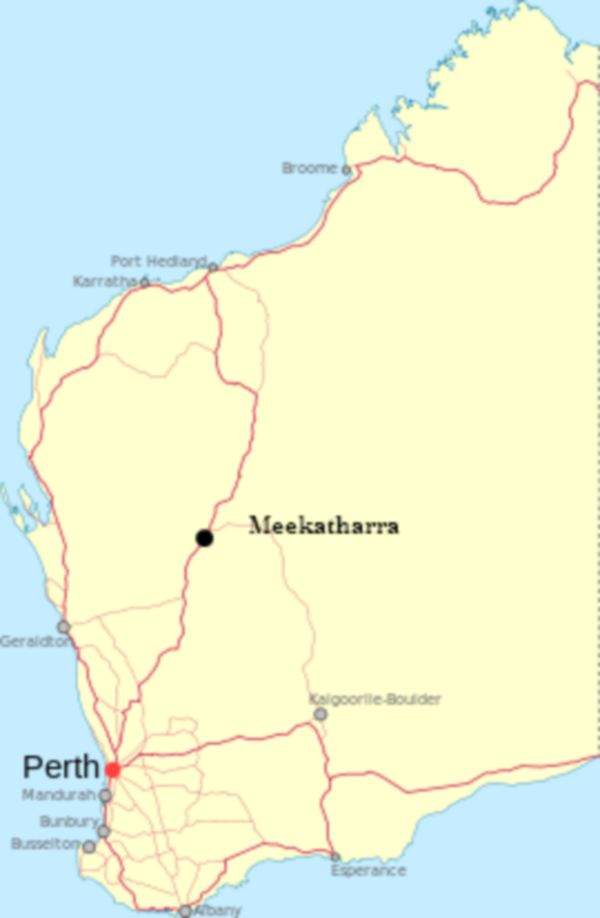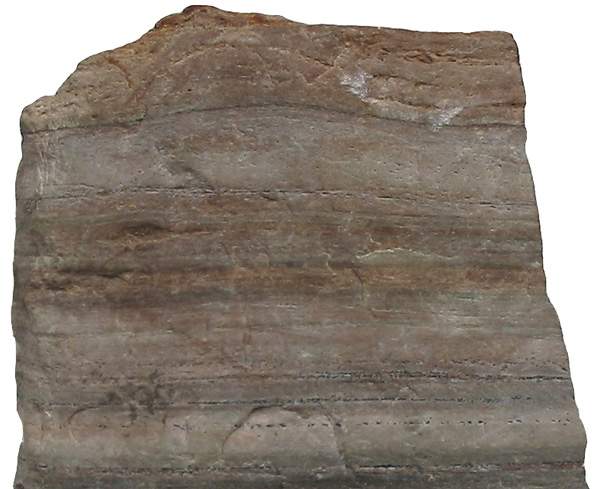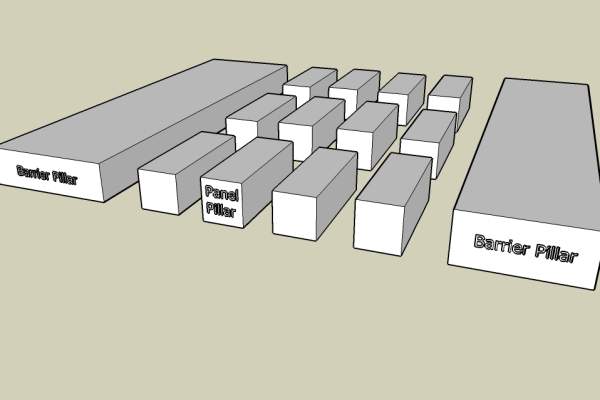Plutonic Gold Mine is situated 180km north-east of Meekatharra in the state of Western Australia. The mine is 100% owned and operated by Canadian gold mining and exploration company Barrick Gold Corporation. Barrick Gold is the second largest gold producer in the world.
The property was discovered by Great Central Mines in 1988. It was sold to Plutonic Resources in 1989. Plutonic Resources was acquired by Homestake Mining in April 1998.
The ownership of the mine came finally to Barrick Gold Corporation when the company acquired the Homestake Mining Company in 2001.
International Cyanide Management Institute (ICMI) accredited the Plutonic mine as fully compliant with the international cyanide management code (ICMC) in November 2009.
Geology and reserves
The Plutonic gold mine lies in the southern end of the Plutonic Well Greenstone Belt.
The belt hosts proterozoic and archaean age group rocks encompassing granite, gabbro, low rated volcanic sedimentary rocks and mafic to ultramafic intrusive rocks.
Proven and probable reserves of the mine as of December 2010 stand at two million tons (mt) graded at 0.202oz/t of Au, which is equivalent to 420,000oz of Au.
The measured resources of the mine as of December 2010 were 564,000t graded at 0.121oz/t Au. Indicated resources were 2.5mt graded at 0.293oz/t Au. Inferred resources were estimated to be 4.04mt graded at 0.307oz/t Au.
Mineralisation
Gold mineralisation occurs in the discrete lode structures hosted within amphibolite-facies metamorphic rocks, mafic to ultramafic volcanic and sedimentary rocks. The mineralisation is associated with sulphide and oxides.
The lode structures are 1m to 10m thick and 1m to 3m wide. They contain gold, along with quartz, biotite, titanite, amphibole, epidote, carbonate, tourmaline, arsenopyrite, chalcopyrite, scheelite, syenite, diorite, dorelite and peridotite.
Production
The Plutonic mine produced 136,000oz of gold in 2010 at a cost of $821 an ounce. The production between January and June 2011 was 60,000oz of gold.
Underground mining
The Plutonic gold mine was initially developed as an open-pit operation in 1990. It was transformed as an underground mine in January 1995. The underground operations were expanded between 1998 and 2000.
The deposits are being mined by using room and pillar and long hole open stoping methods.
Ore processing
Two processing plants, namely Plant 1 and Plant 2, were built at the Plutonic mine. Plant 1 was meant for underground mining and Plant 2 for open pit operations.
Plant 1 can process 1.8 million tons per annum (mtpa) of sulphide ore extracted through the underground. The second plant can treat 1.2mtpa of oxide ore extracted by open-pit operations.
The run of mine ore is crushed to a high degree of fineness in three stages by using jaw crushers in Plant 1. The crushed ore is transferred to the SAG mill, which in turn conveys it to two ball mills operating in parallel for grinding. The ground ore undergoes cyanide leaching in a leach tank containing leach solution to generate pregnant solution.
The pregnant solution is transferred to an adsorption tank to separate gold precipitate from the solution. The precipitate is fed to the smelter or refinery to produce pure gold dore bars for export.
The solution from the adsorption tank is transferred to the tails thicker for recovery.
The processing method adopted in the second plant is similar to that in Plant 1, except that Plant 2 requires a single stage crushing and grinding of oxide ore.
Contractors
Merit Engineers was the prime contractor involved in the administration complex construction, gas power generation project and development of new kitchen, dining and recreation facilities at the Plutonic gold mine.
The underground mining services were provided by Australian company Barminco from January 1995 to August 2003.






